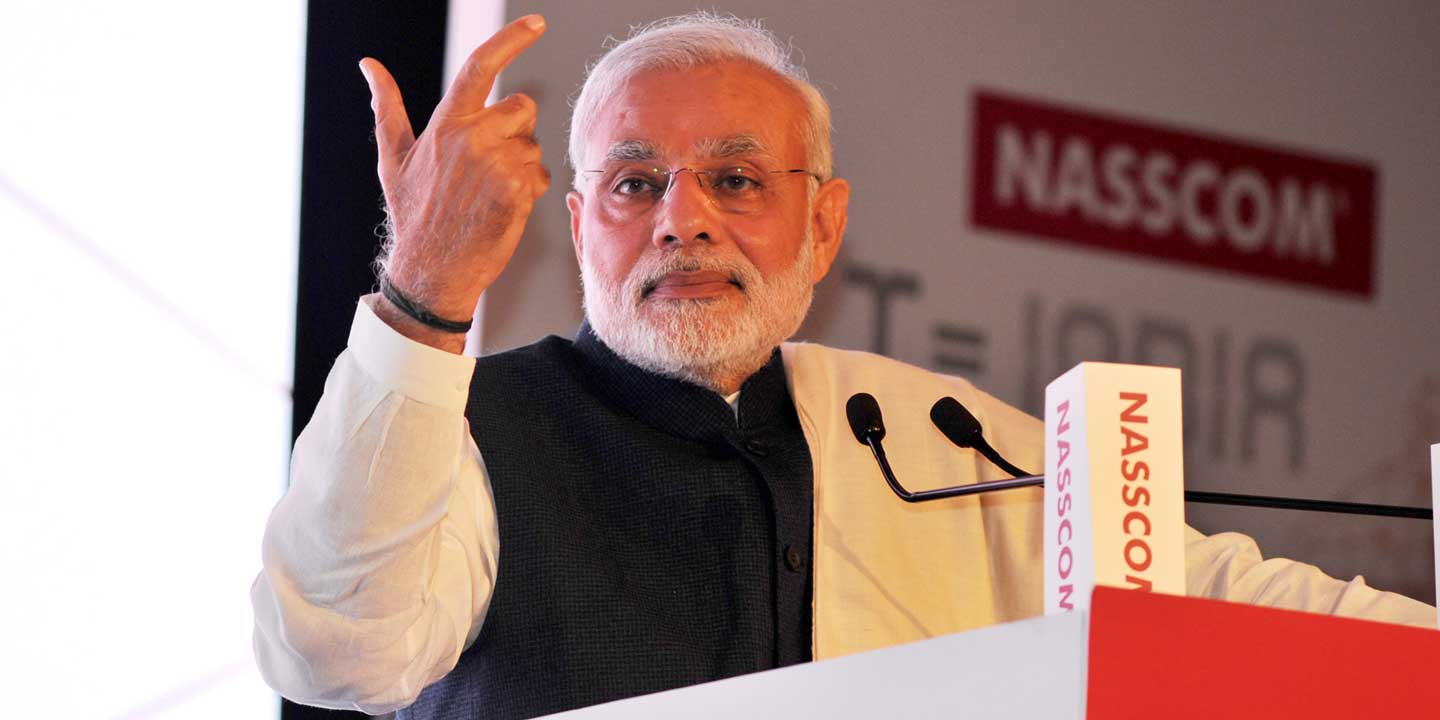As part of BGA’s analysis of political economic developments on the ground from India, BGA India Managing Director Ratan Shrivastava outlined the contours of the country’s new budget presented to the Parliament by the Finance Minister Nirmala Sitharaman on February 1 for clients earlier this month. The budget is one of the key economic developments watched by observers with regard to the world’s fifth-largest economy, slated to grow by 11.5 percent per projections by the International Monetary Fund (IMF) as the country seeks to become a $5 trillion economy by FY2024.
The Union Budget for financial year 2021-2022 had many firsts to its credit – it was paperless, presented on a tablet and it introduced no new direct taxes. It was also bold in its intent, using expansionary fiscal policy to support growth, health care, financial capital, energy and infrastructure to provide fiscal stimulus supporting demand and economic recovery, with a 34.5 percent increase in capital expenditure to $75.4 billion – the largest-ever of its kind to be allocated.
The Budget as outlined is based on six pillars: health and well-being, physical and financial capital and infrastructure, inclusive development for aspirational India, reinvigorating human capital, innovation and R&D, and minimum government and maximum governance. These six pillars form the basis of wide-ranging sector-specific proposals that also build on the $420 billion Aatmanirbhar Bharat economic packages announced in 2020 to overcome the Covid-19-induced economic slowdown.
The Budget also has important implications for specific sectors. These include the highest-ever allocation of budgetary resources to the infrastructure and the health care sectors, policy changes to boost the automobile, insurance and fintech sectors and value addition in agriculture through enhanced investments. Reforms to the finance sector, including permitting more foreign direct investment in the insurance sector along with management control and a statutory body for asset reconstruction for banks, also illustrate the intent of the Modi government.
At the time the budget was released, it was hailed by supporters as forward-looking, with the benchmark stock index (Sensex) reaching a historic high crossing 51,000 points. More broadly, the budget, bold as it was, also reflected a pragmatic intent to balance both a focus on stimulating economic growth and recovery but also with a clear intent toward fiscal prudence as it aims to reduce the fiscal deficit from 6.8 percent to 3.5 percent. It also allows for debt financing by foreign portfolio investors and facilitates the creation of a development financial institution (DFI) for infrastructure financing with an initial sum of $2.7 billion which is to grow to $68.5 billion in three years.
The BGA India Team will continue to monitor and assess how this development and other significant milestones in India’s growth story continue to shape the country’s development in the coming years.

Managing Director
Ratan is a senior executive and management consulting professional who has a proven track record in government, consulting and industry across India and Southeast Asia, with a wide network across stakeholders. He has been instrumental in developing and implementing growth strategies for both the public and private sector and has led diverse teams to secure new market opportunities. Prior to joining BGA, Ratan was at KPMG India where he helped the integration of the small and medium industry clusters, with the domestic and global aerospace, defense and space supply chains. He also served as an advisor at the Federation of ...
Read More


























